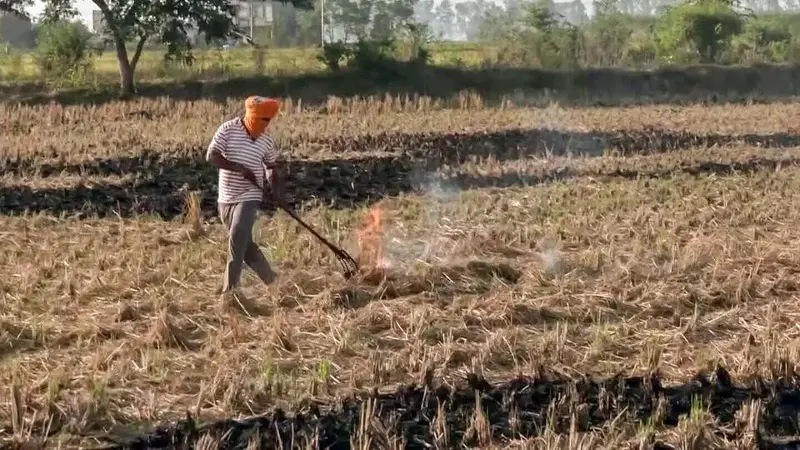
New Delhi: Farm fires, which are a big source of Delhi’s foul air, declined significantly in four major agricultural states of Punjab, Haryana, Rajasthan and Madhya Pradesh due to extended monsoon showers and strict monitoring, helping the national capital breathe easier.
This marks a notable shift at the start of this year’s stubble-burning season, significant because crop residue burning in these states is a major contributor to Delhi’s severe air pollution and a recurring political flashpoint.
According to the Indian Council of Agricultural Research (ICAR) findings using satellite remote sensing, stubble-burning cases declined nearly 65% year-on-year across these four states during the 15 September-5 October period this year.
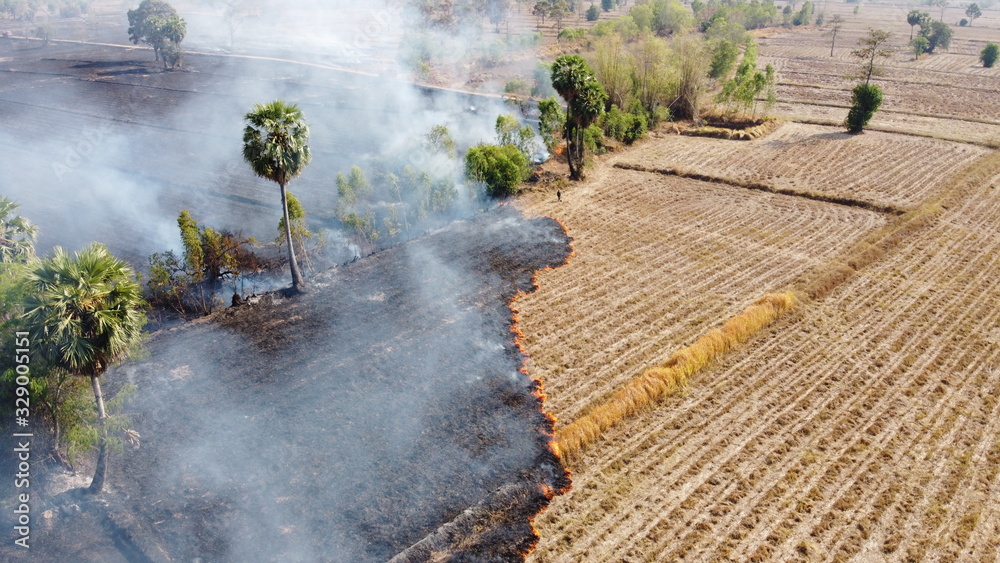
The beginning of this year’s stubble-burning season has seen 122 farm fires in Punjab, Haryana, Madhya Pradesh and Rajasthan, compared to 346 during the corresponding period of last year, according to an ICAR bulletin. Punjab reported 95 cases of farm fires, followed by Madhya Pradesh (12) and Rajasthan (8). Haryana reported seven cases of stubble burning.
According to the data, while Haryana and Punjab reported significant reductions of 95% and 51% respectively, Rajasthan and Madhya Pradesh witnessed a decline of 27% and 20% respectively. However, stubble-burning incidents surged by 283% in Uttar Pradesh, as it registered 88 cases so far, compared to 23 during the corresponding period of the previous year.
Authorities claim that state governments’ intensive real-time tracking through satellite monitoring and ground patrolling has helped in the reduction of stubble-burning incidents.
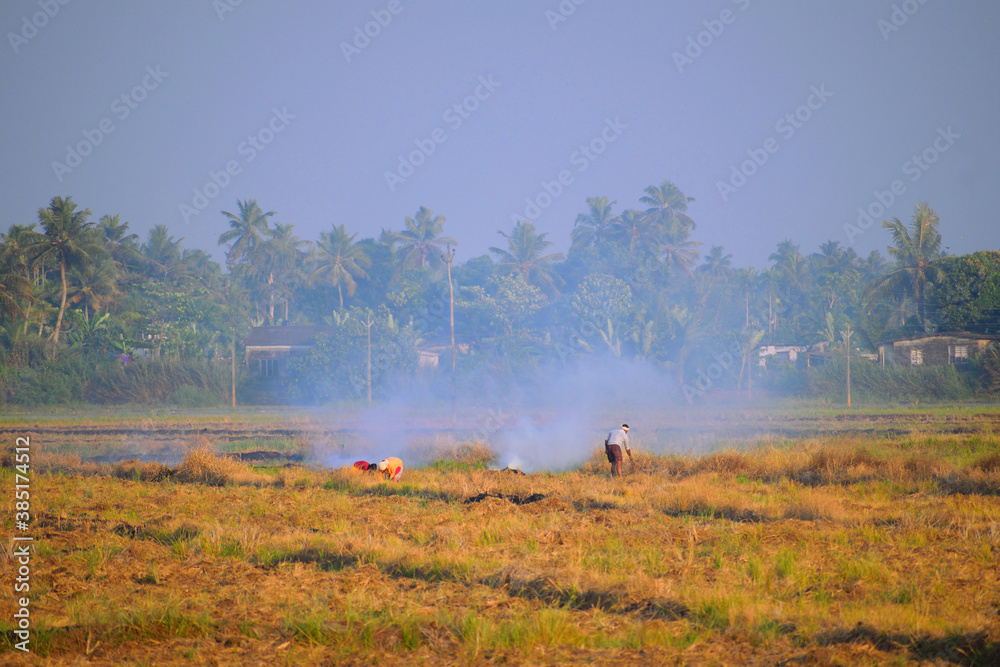
"This year we are anticipating that there will be less incidents of stubble burning in Punjab and Haryana majorly because of growing awareness among the farmers, adequate availability of crop residue management (CRM) machines and strict monitoring," said Gurnam Singh, head—Commission for Air Quality Management (CAQM) cell, Punjab and Haryana.
In July this year, the government established a dedicated CAQM cell at Sahibzada Ajit Singh Nagar (Mohali) in Punjab for monitoring paddy stubble burning in Punjab and Haryana. The cell deployed 18 flying squad teams in Punjab and 13 teams in Haryana to keep a check on stubble burning.
Earlier, the CAQM had operated a temporary paddy stubble management cell (PSMC) in Chandigarh from 1 October to 30 November 2024, during the peak stubble burning period. Recognizing the need for year-round planning, execution, and monitoring, the CAQM set up an office in Mohali.
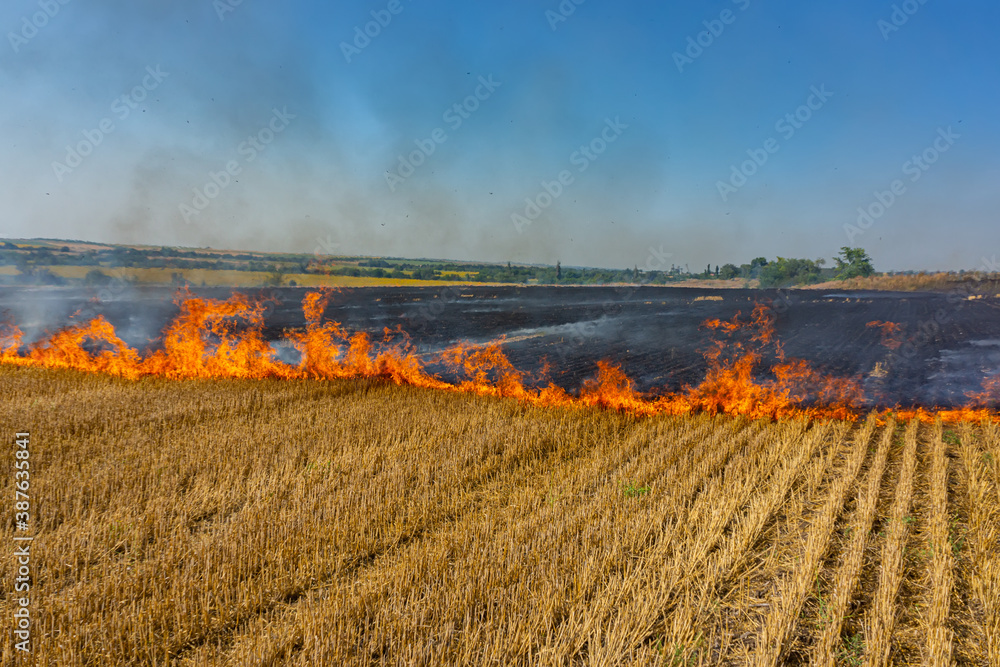
The newly established cell at Mohali will function throughout the year, overseeing the entire ecosystem of paddy stubble management—from planning and farmer engagement to coordinating with the two states and monitoring the supply chain for continuous and assured delivery of paddy straw to end-users. Furthermore, it will supervise air quality issues across various sectors in Haryana's NCR regions situated farther from Delhi.
Rainfall in the first week of October and prediction of more rainfall has kept farmers on edge, and they are waiting for stable weather to harvest paddy. "It is expected that the harvesting will pick up after 15 October, after that only the real picture on stubble burning will come up," said an official in Punjab's agriculture department on the condition of anonymity.
Agriculture officials informed that since around 500,000 acres of crop in the state have already been damaged due to floods, it is likely the stubble burning incidents will be fewer than last year.
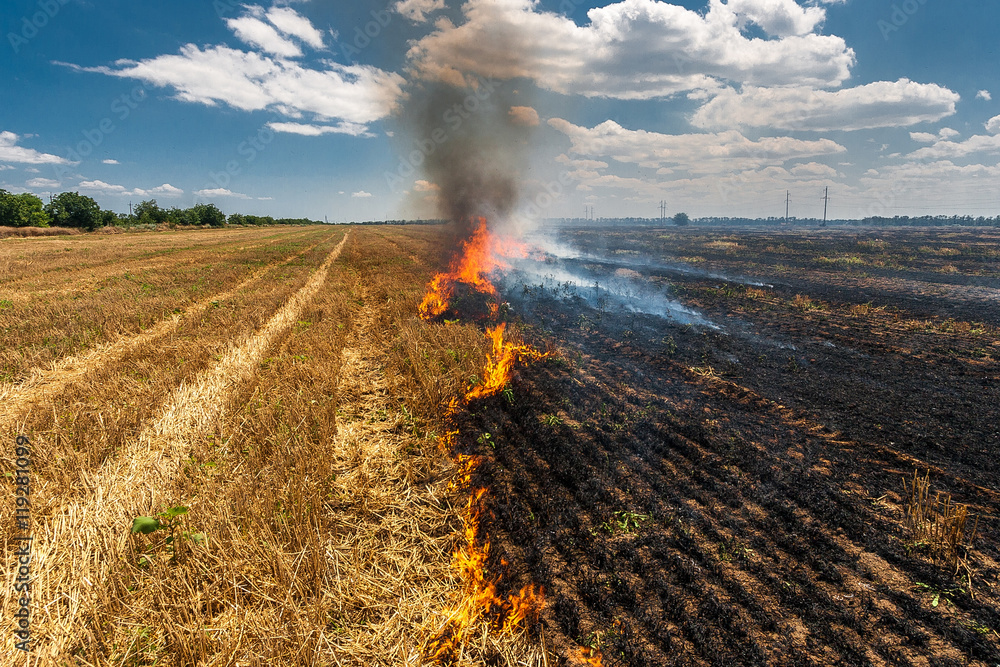
"This is the period when crop residue burning mainly happens in the western Punjab. It is also visible that during the same period there is significant decline in farm fires in the adjacent areas of Pakistan. The reduction in fire count during the period may be attributed to crop damage due to massive flood in the region. However, largescale awareness and initiatives related to crop residue management in both Punjab and Haryana might have led to the reduction in the crop residue burning events, " said Arindam Datta, senior fellow, The Energy and Resources Institute (TERI).
However, he clarified that most farm fires take place between the last week of October and the second week of November, and therefore the authorities need to be watchful.
The reduction in farm fires, coupled with the recent precipitation, improved the air quality in Delhi NCR.
Delhi pollution
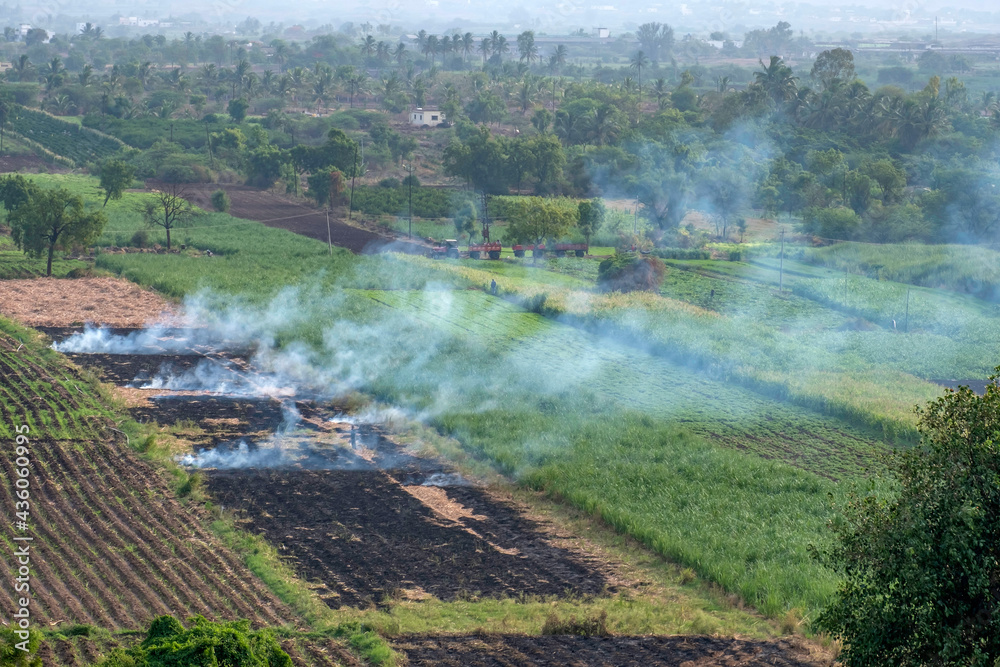
On 18 November last year, Delhi's air pollution reached a hazardous level with the city's air quality index (AQI) averaging 494, according to the Central Pollution Control Board (CPCB) data. In many localities, the AQI was recorded even at 500 on the same day. According to CAQM, the average AQI in Delhi in November and December of last year was 374 and 294 respectively. The air was in the poor to severe category for a total of 157 days in 2024, according to CAQM data.
Meanwhile, Delhi’s air has remained in the satisfactory or moderate categories this month so far, even after the withdrawal of monsoons. The AQI was recorded at 109 at 4 pm on Monday. AQI is a numerical scale used to communicate the quality of the air and its potential health impacts. Air quality standards are slotted under six categories—good (0-50), satisfactory (51-100), moderate (101-200), poor (201-300), very poor (301-400) and severe (401-500).
